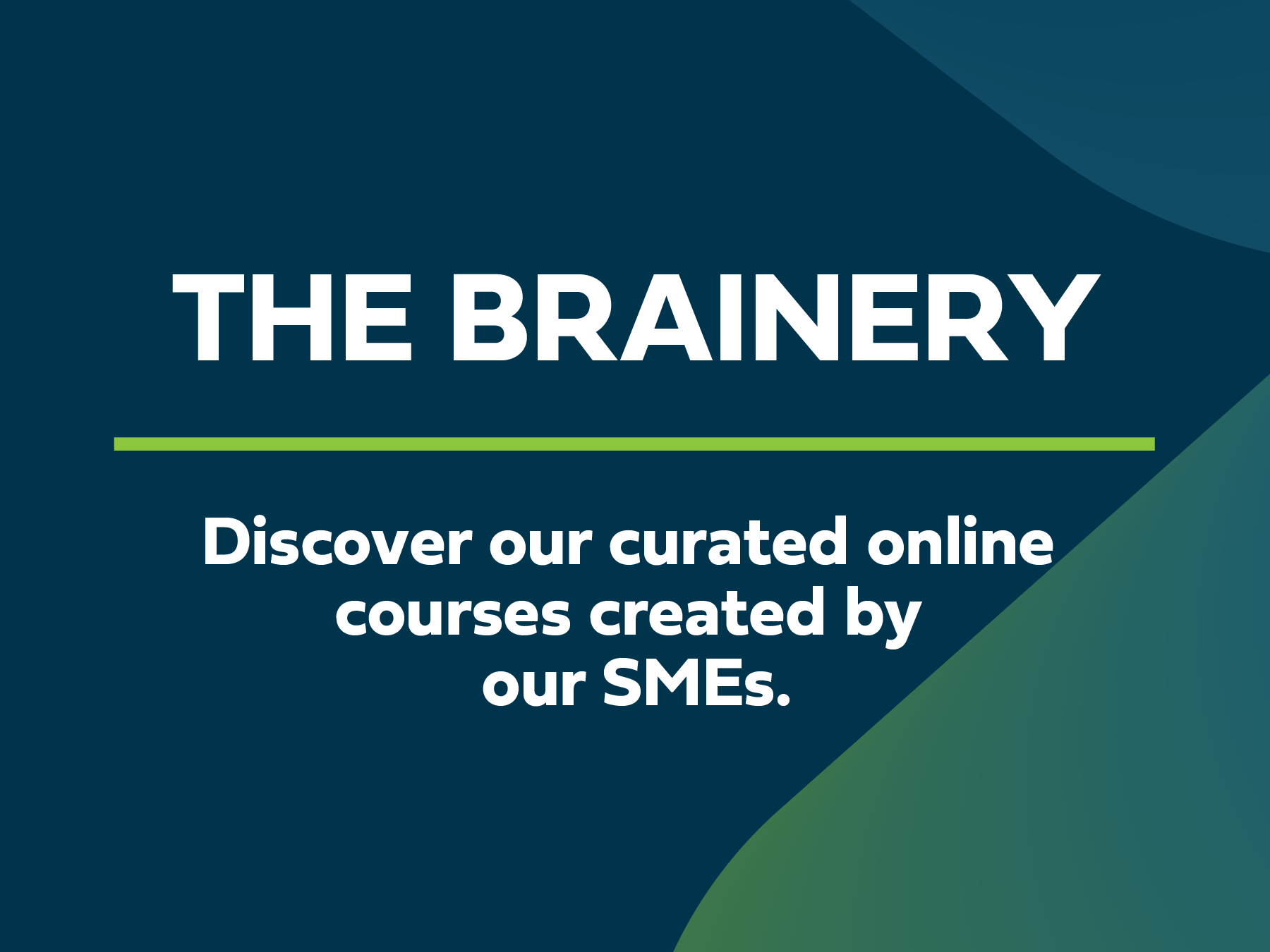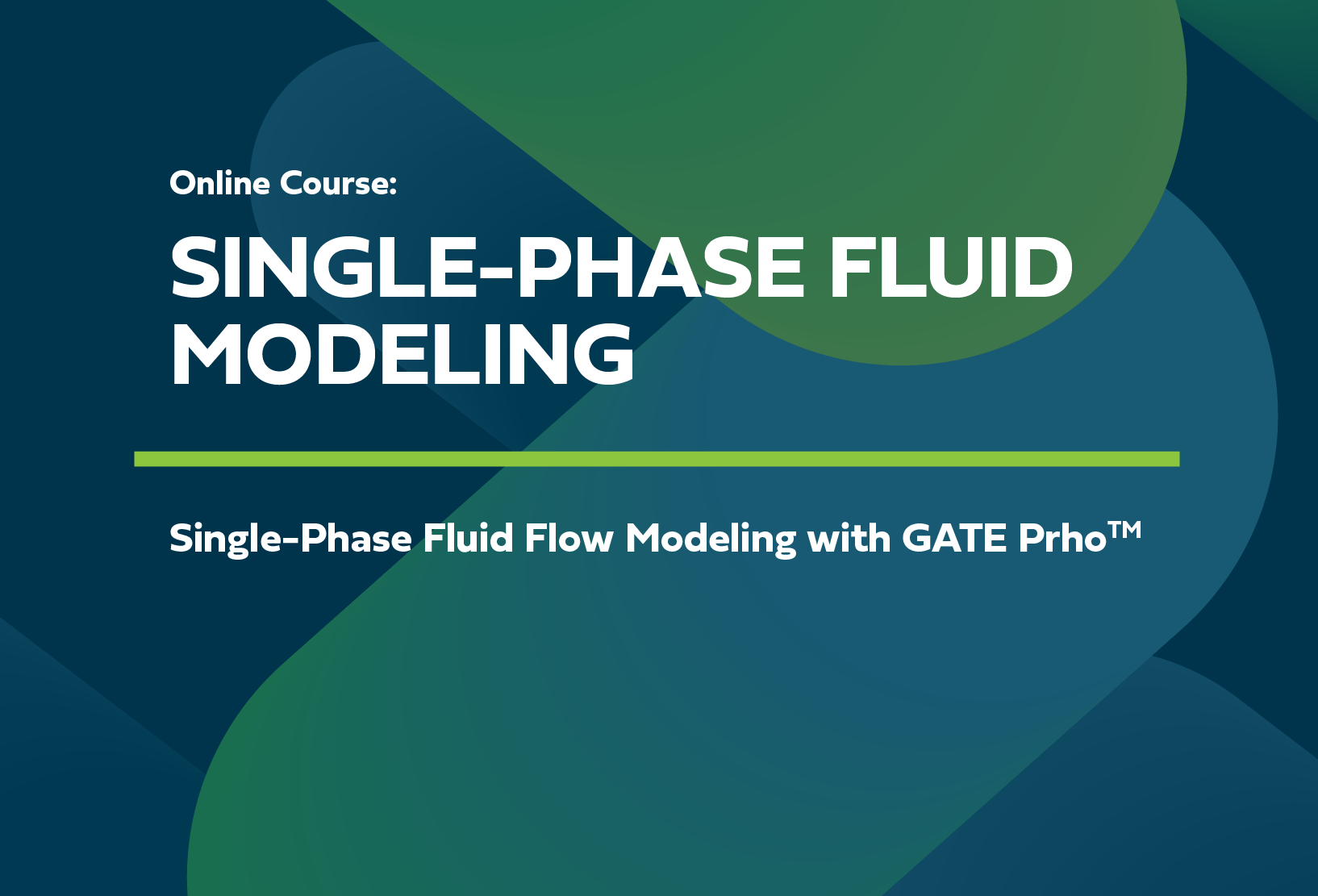
Fuel Your Mind With…
We want to do our part and make sure that new decision makers have the right tools, guidance, mentors, and coaches to help them make the right decision the first time, every time.
On-demand training videos developed by our industry experts
Easy-to-use simulation tools that will provide an 80-20 solution for typical production monitoring and optimization workflows
Technical articles and abstracts centered around energy industry knowledge and lessons learned
Machine Learning Methods for Handling Parameter Space Sampling Bias in Unconventional Well Performance Prediction
Prediction accuracy for extended-reach laterals and high-intensity completions is improved by applying a Gaussian Process Regression (GPR) model with a Matérn kernel that accounts for parameter space sampling bias. The method adjusts predictions based on local data density and provides uncertainty quantification, increasing reliability in underrepresented regions of the design space. Applied to wells from the Bakken Formation, the model outperforms traditional approaches and supports confident forecasting for non-standard development designs.
GATE Prho™ Simulator
Through recognizing our clients’ needs, our engineering expertise, and our proprietary in-house GATE Prho™ software engine, we provide customizable, cost-effective, easy-to use software tools to deliver better client outcomes quicker.
Online Course: Fundamentals of Single-Phase Fluid Flow
This course will cover: Single-phase flow fundamentals, application examples in oil and gas industry, how to perform calculations, and modeling best practices.
Online Course: Single-Phase Flow Modeling
This course contains application examples of single-phase fluid flow in oil and gas industry and step-by-step modeling.
Corrosion Modeling Of Sweet Flowlines Part 2: Applications
Corrosion modeling can be performed very early in project development to estimate the feasibility of carbon steel use. It can also augment many different aspects of the design and operations of sweet flowlines. To achieve this, data used for corrosion modeling must be sourced and attributed to the task in question.
Corrosion Modeling Of Sweet Flowlines Part 1: Techniques
CO2 corrosion modeling is a common practice to evaluate carbon steel flowlines and piping, both with and without inhibition, to ensure they achieve their intended design life. Modeling is also used to help determine if a corrosion resistant alloy should be used and can also be utilized to determine corrosion allowance and inhibition requirements.





